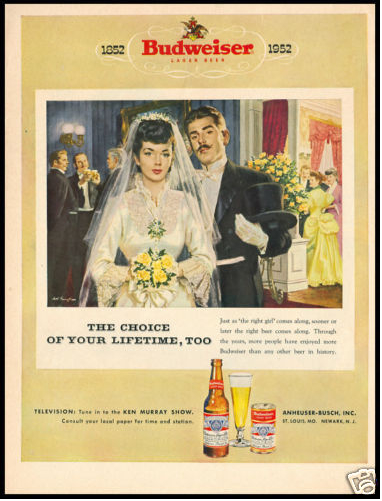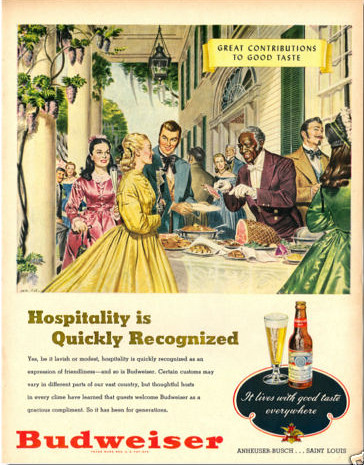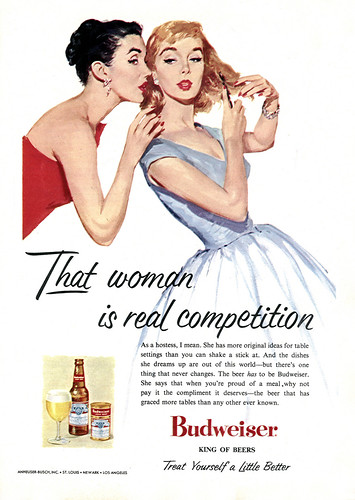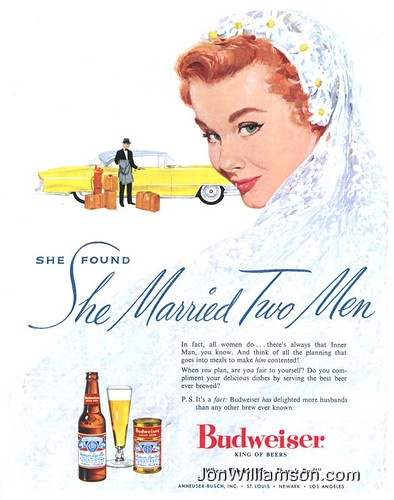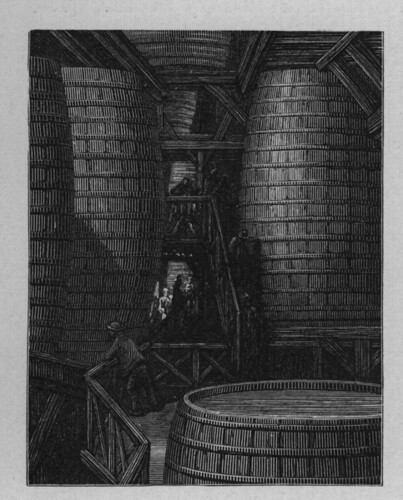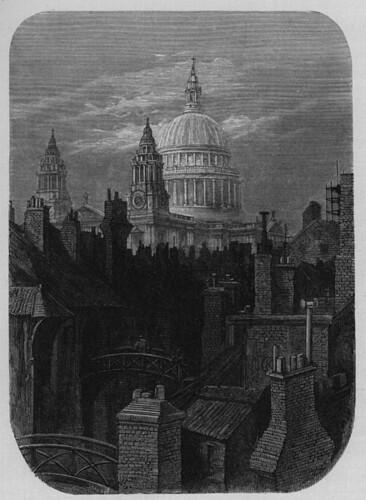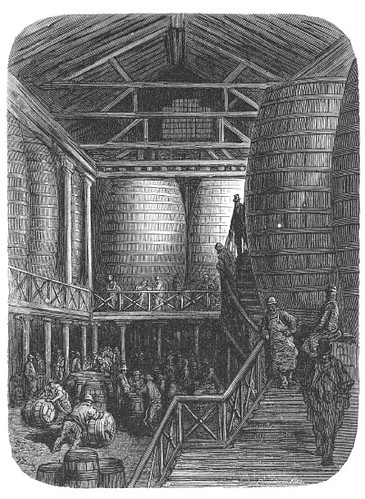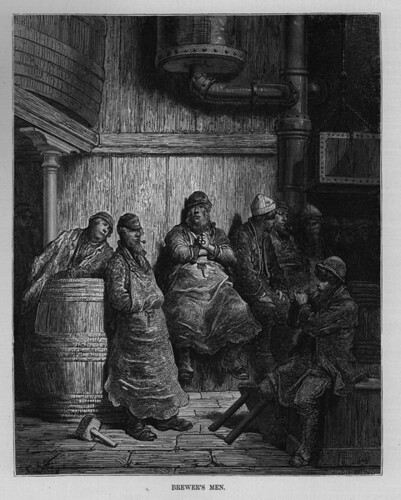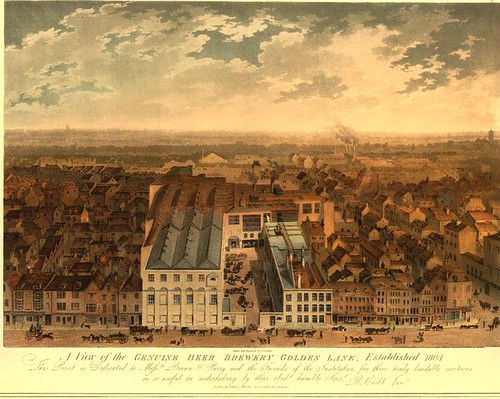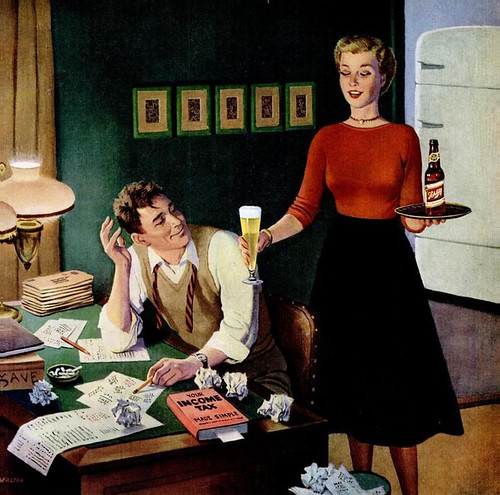
Friday’s ad brings Budweiser ad week to a close. This ad is from 1952, when A-B celebrated their 100th anniversary since the company that would become Anheuser-Busch first opened their doors in 1852. I can’t say the woman looks particularly happy on her wedding day, though perhaps it’s because the grooms looks a little too much like Snidely Whiplash with that cheesy mustache and the top hat.
